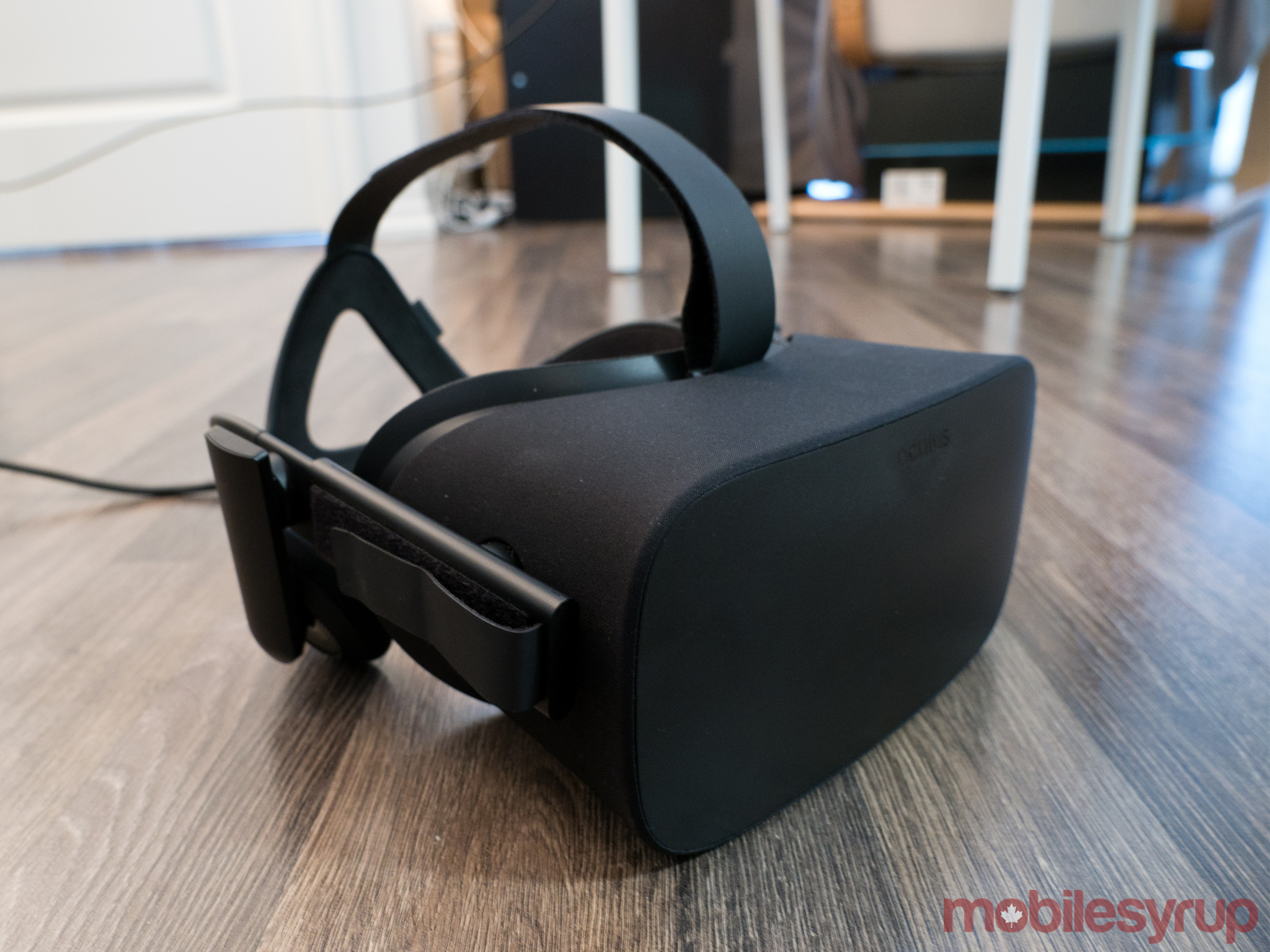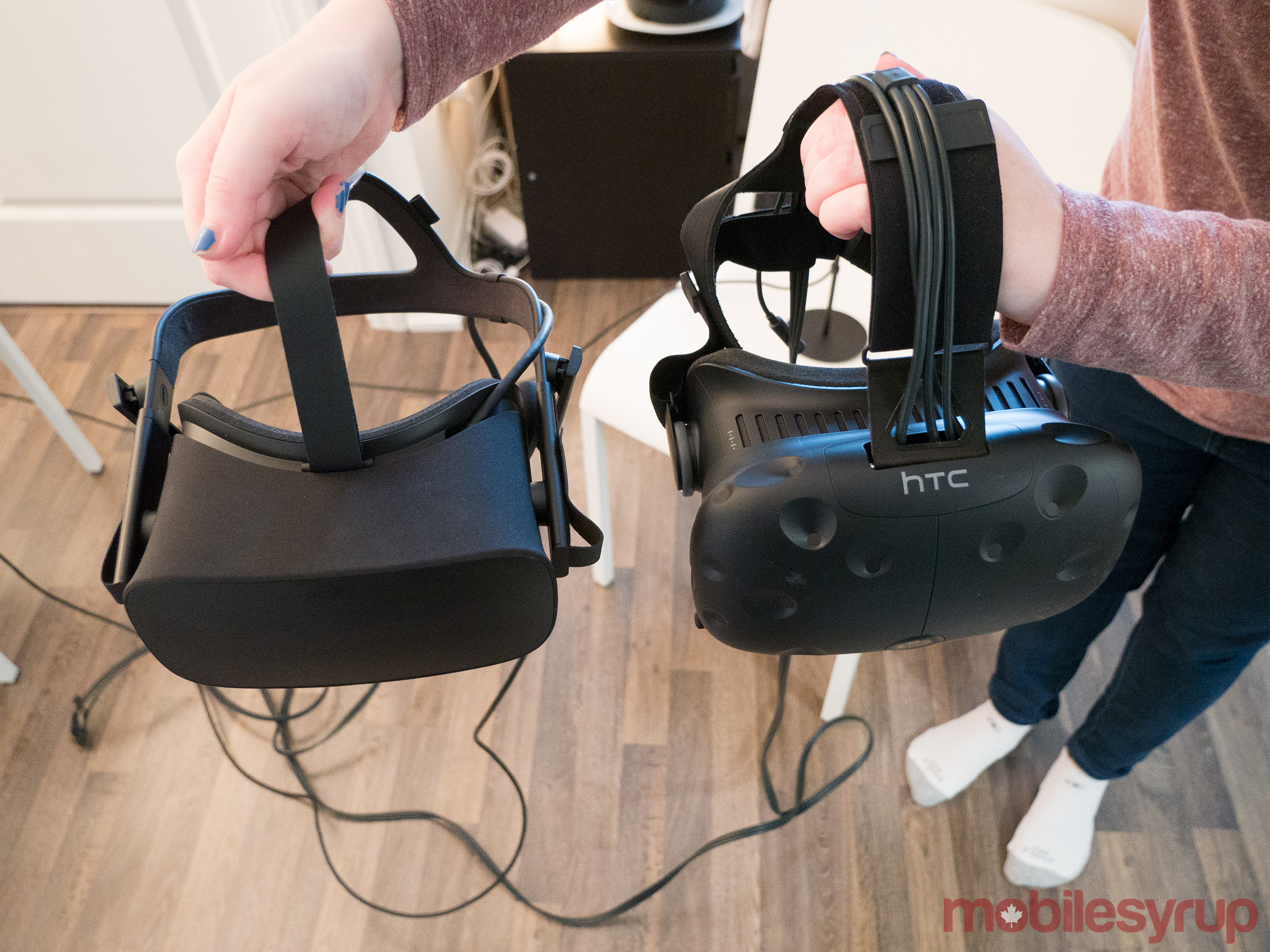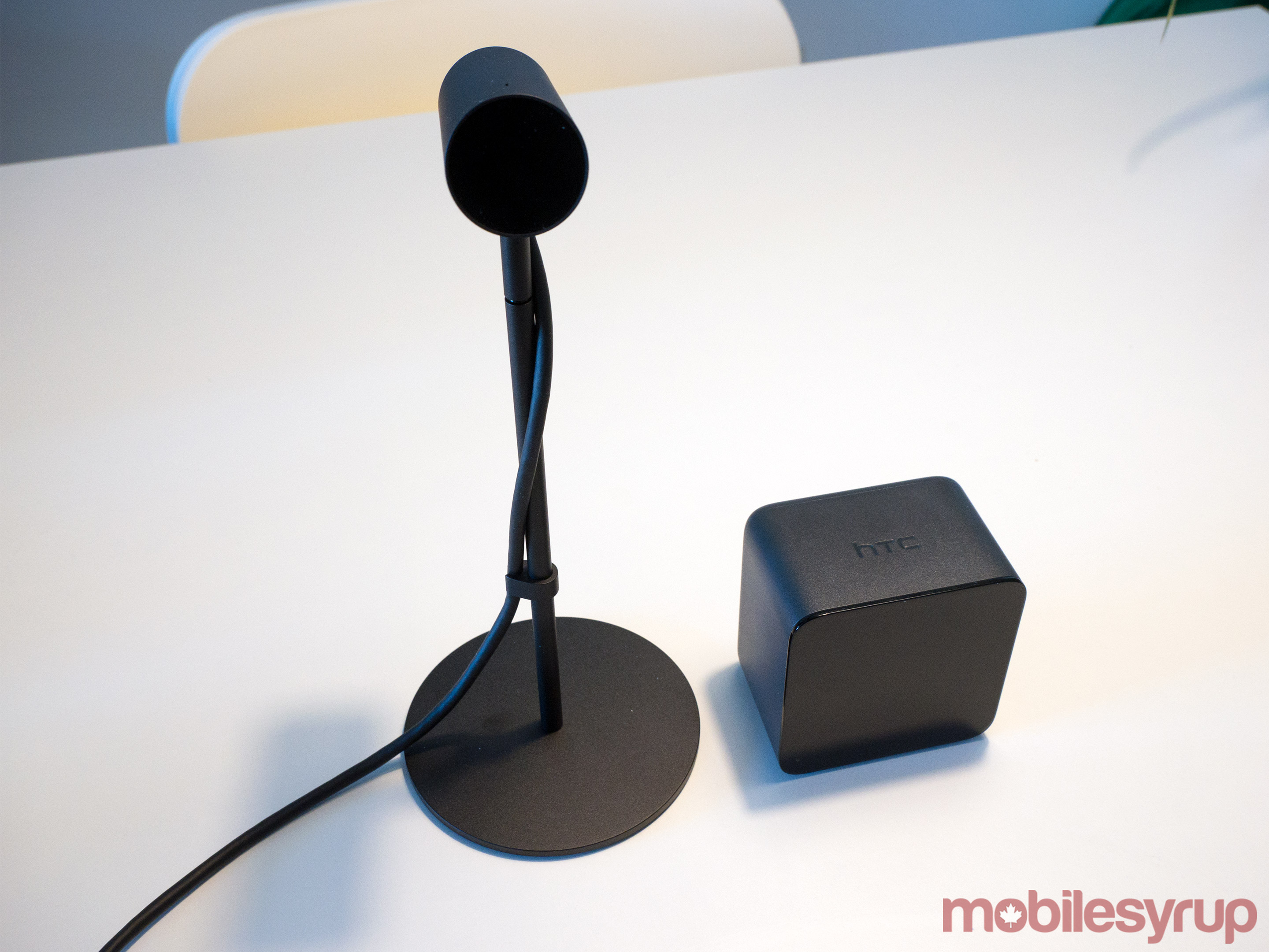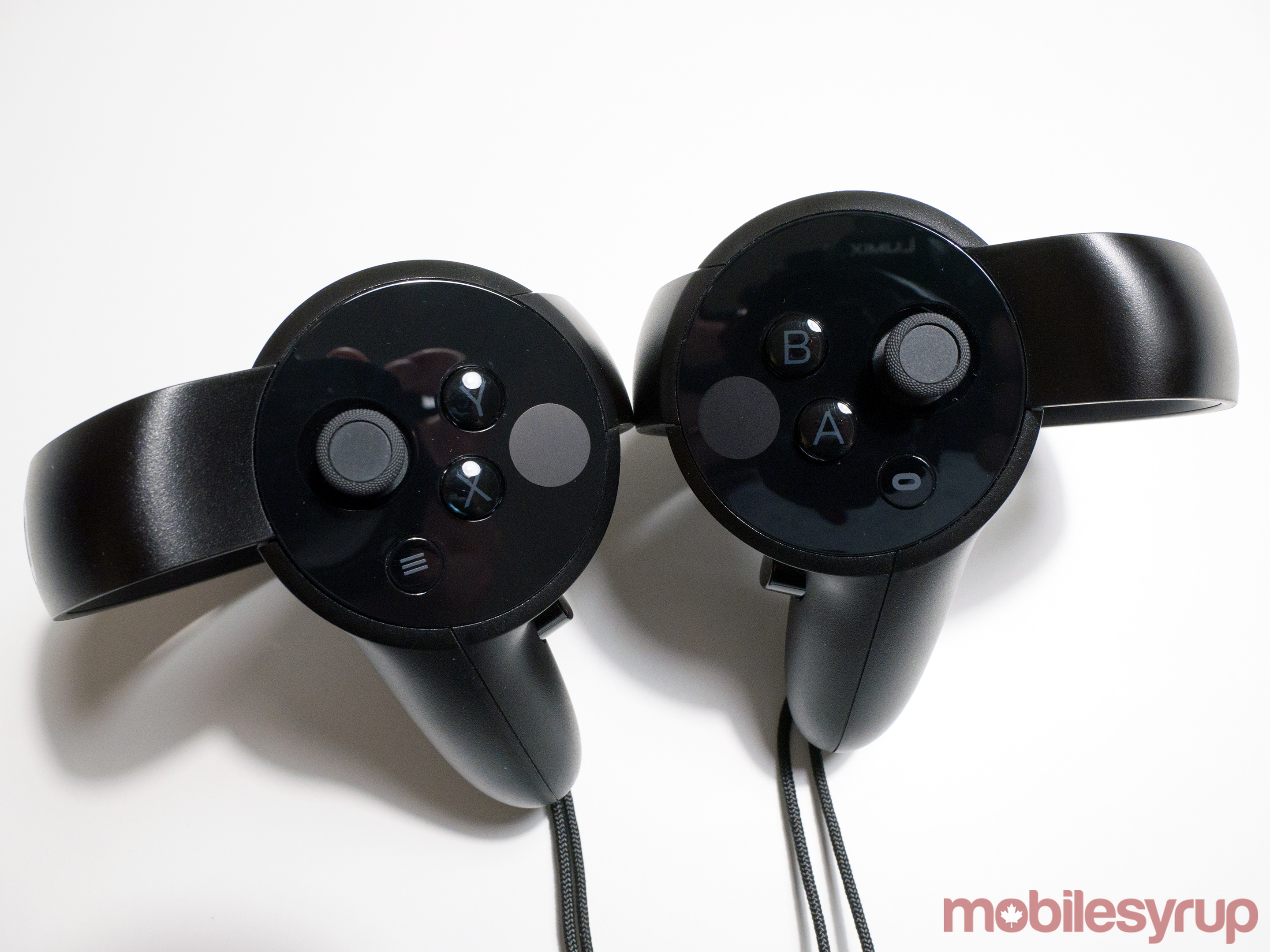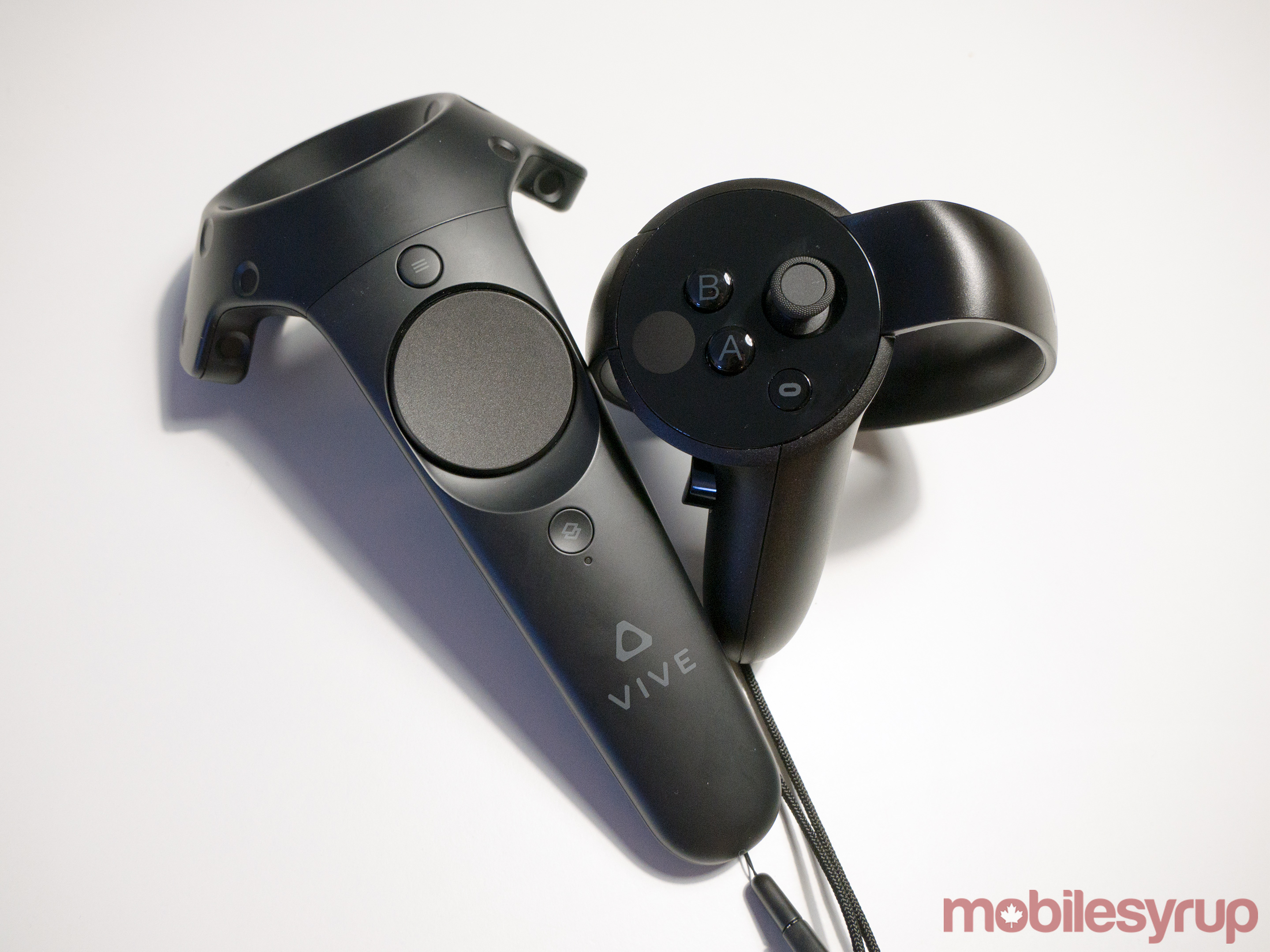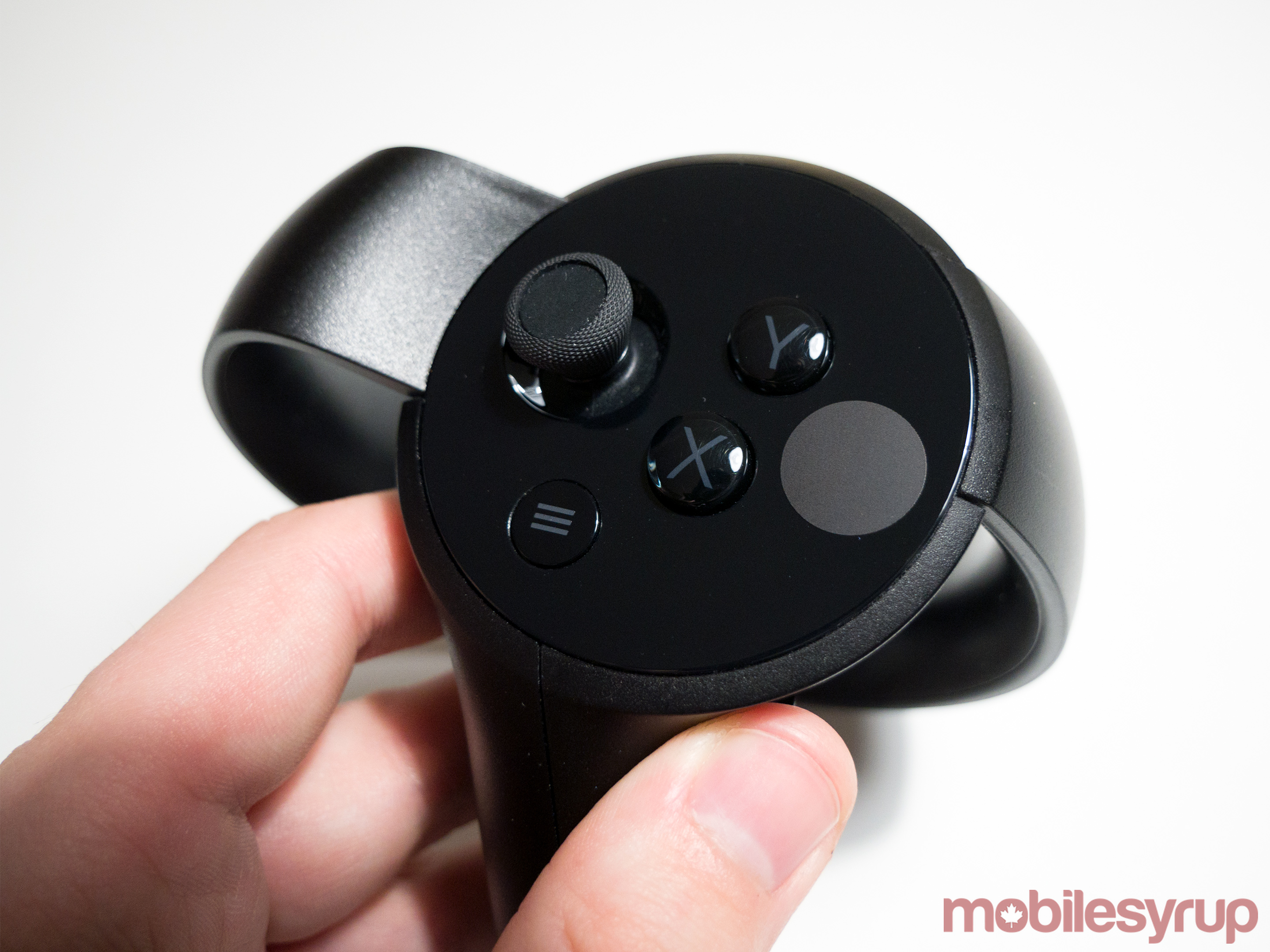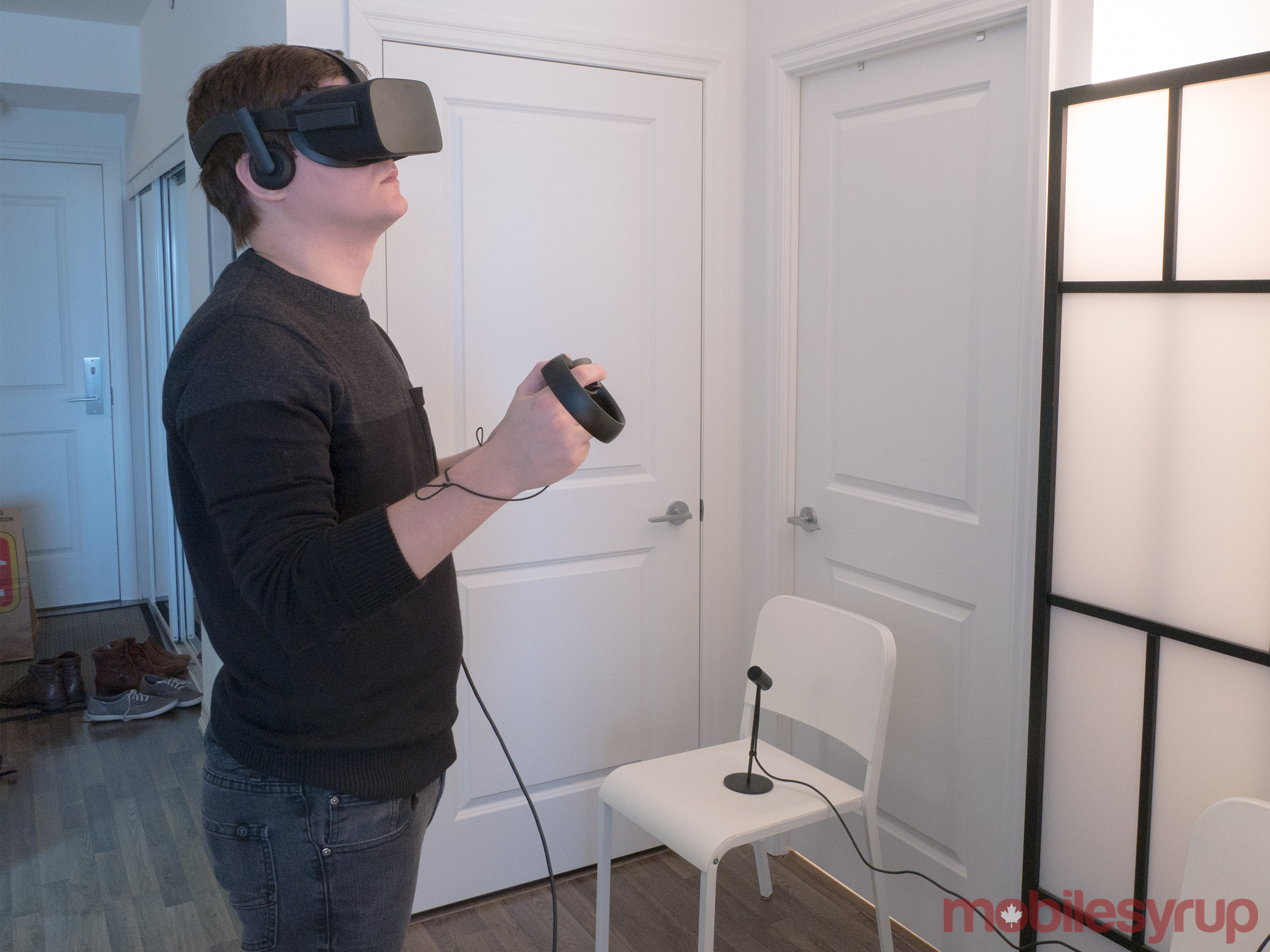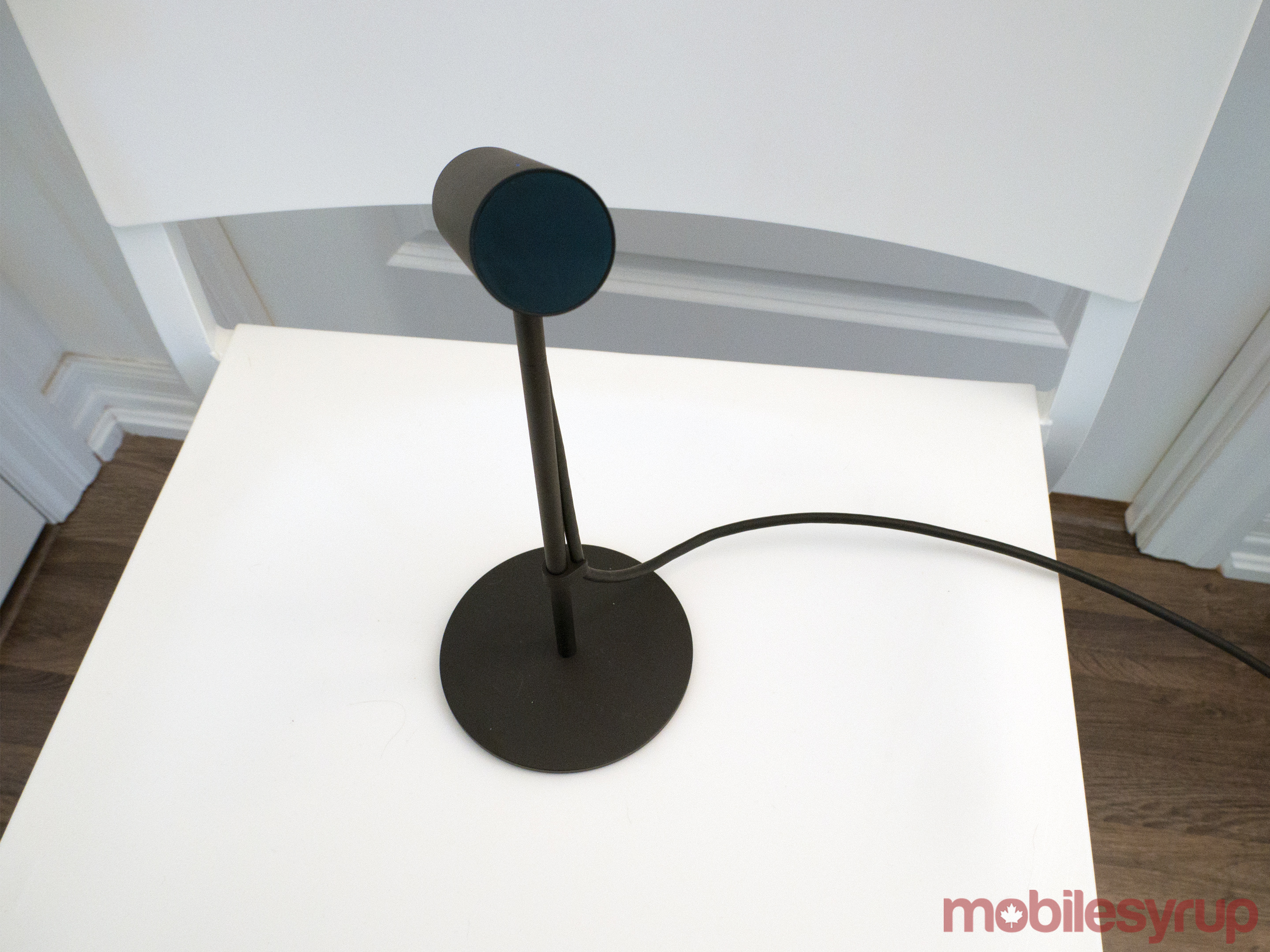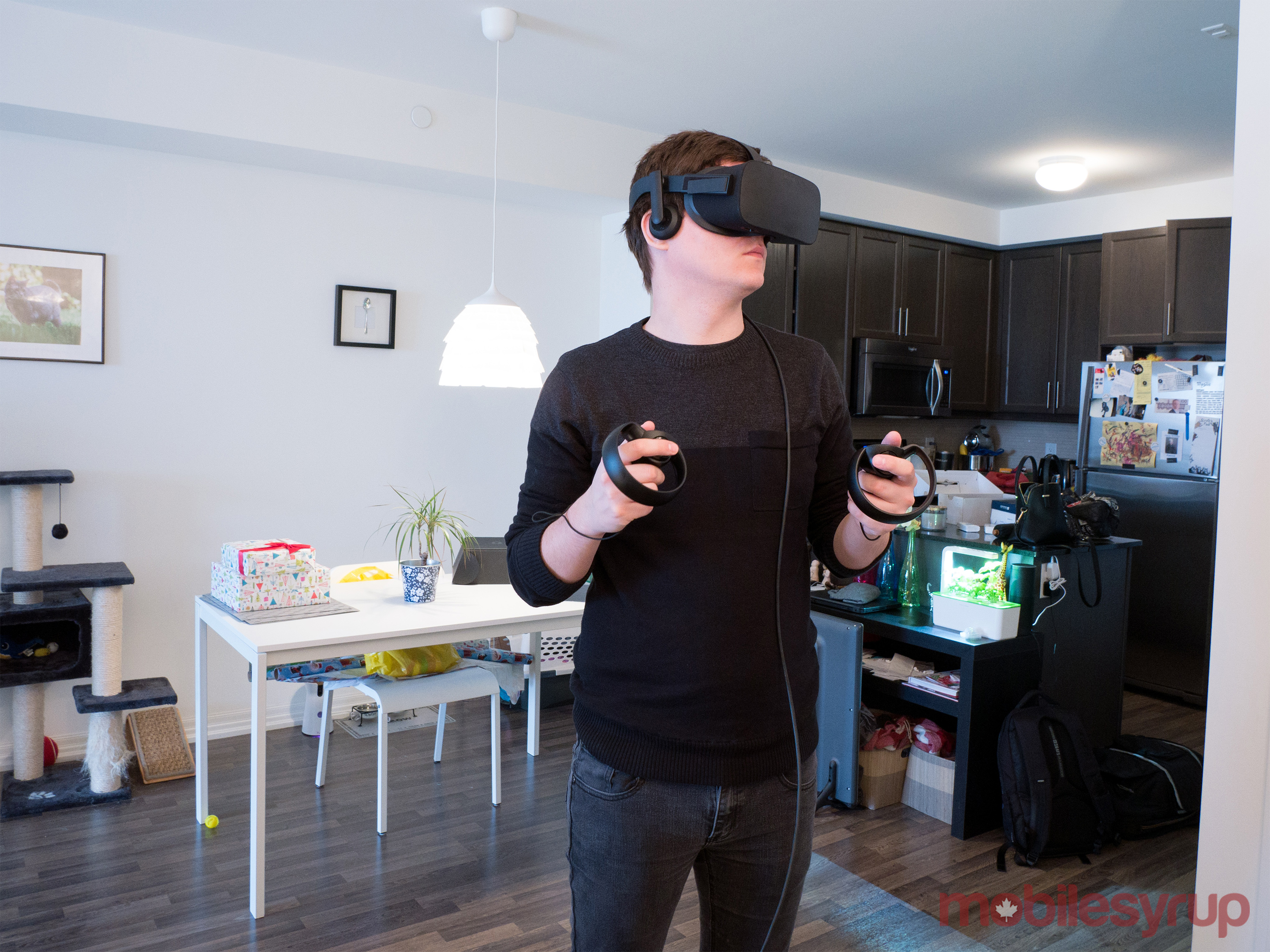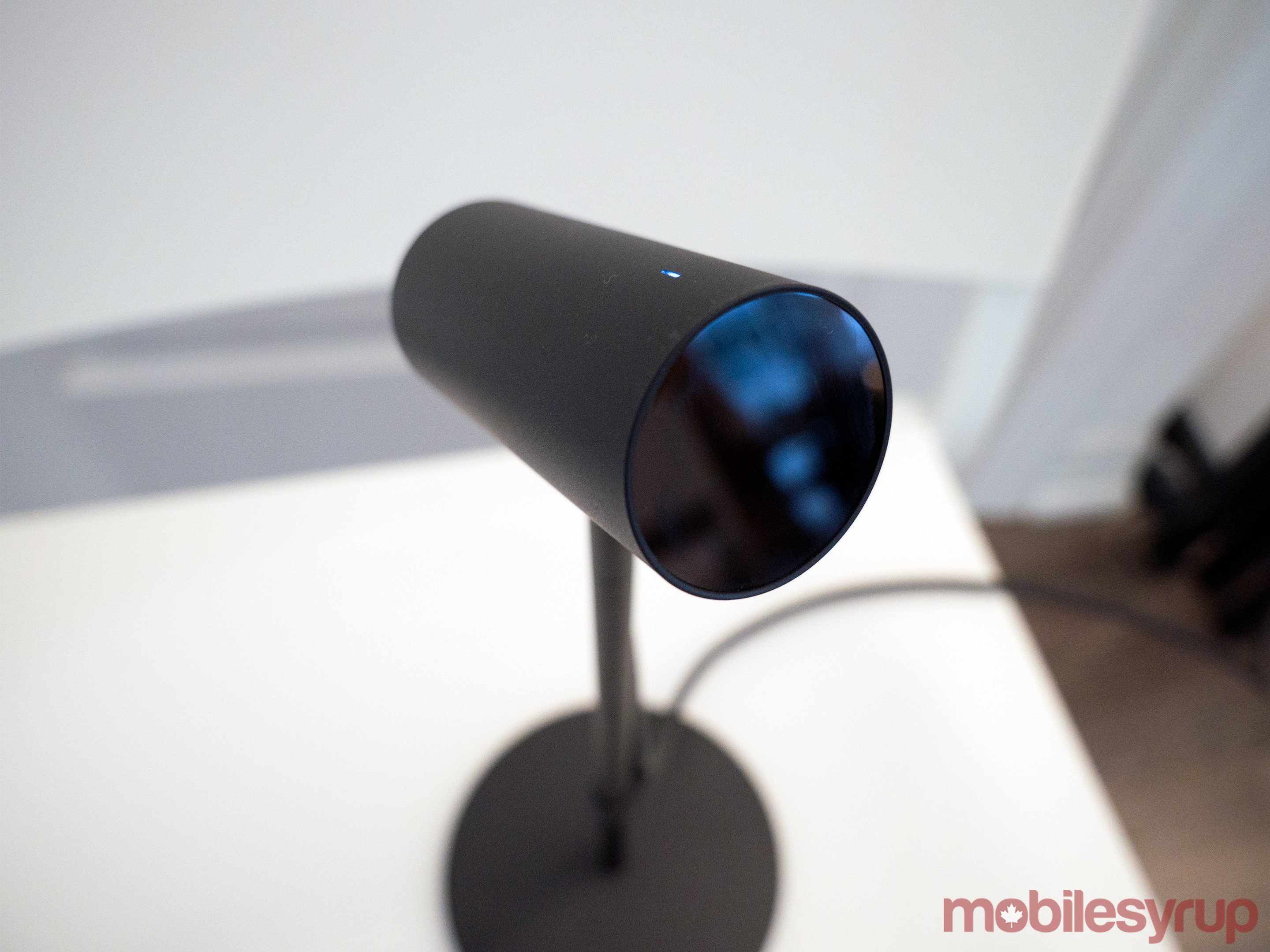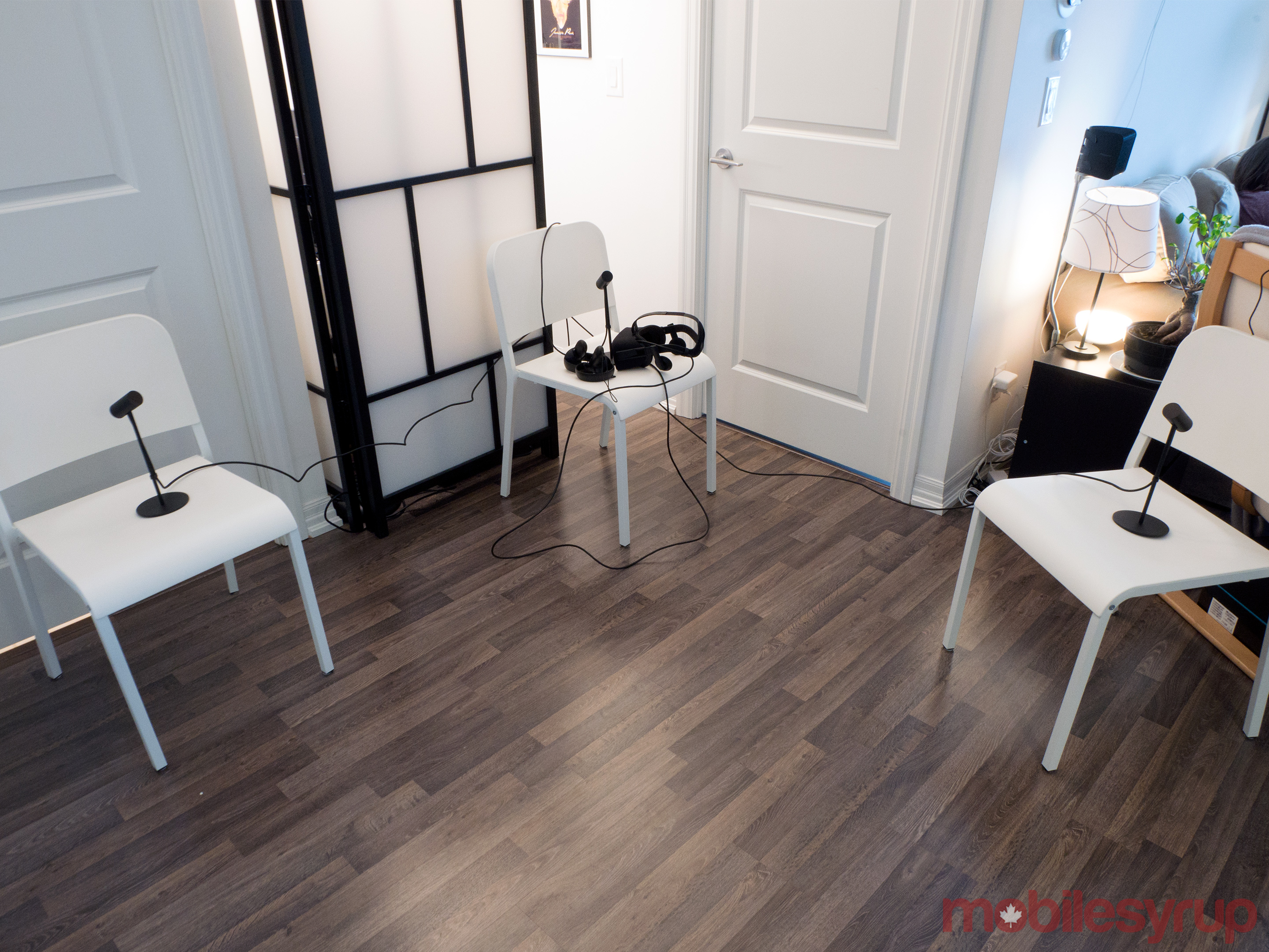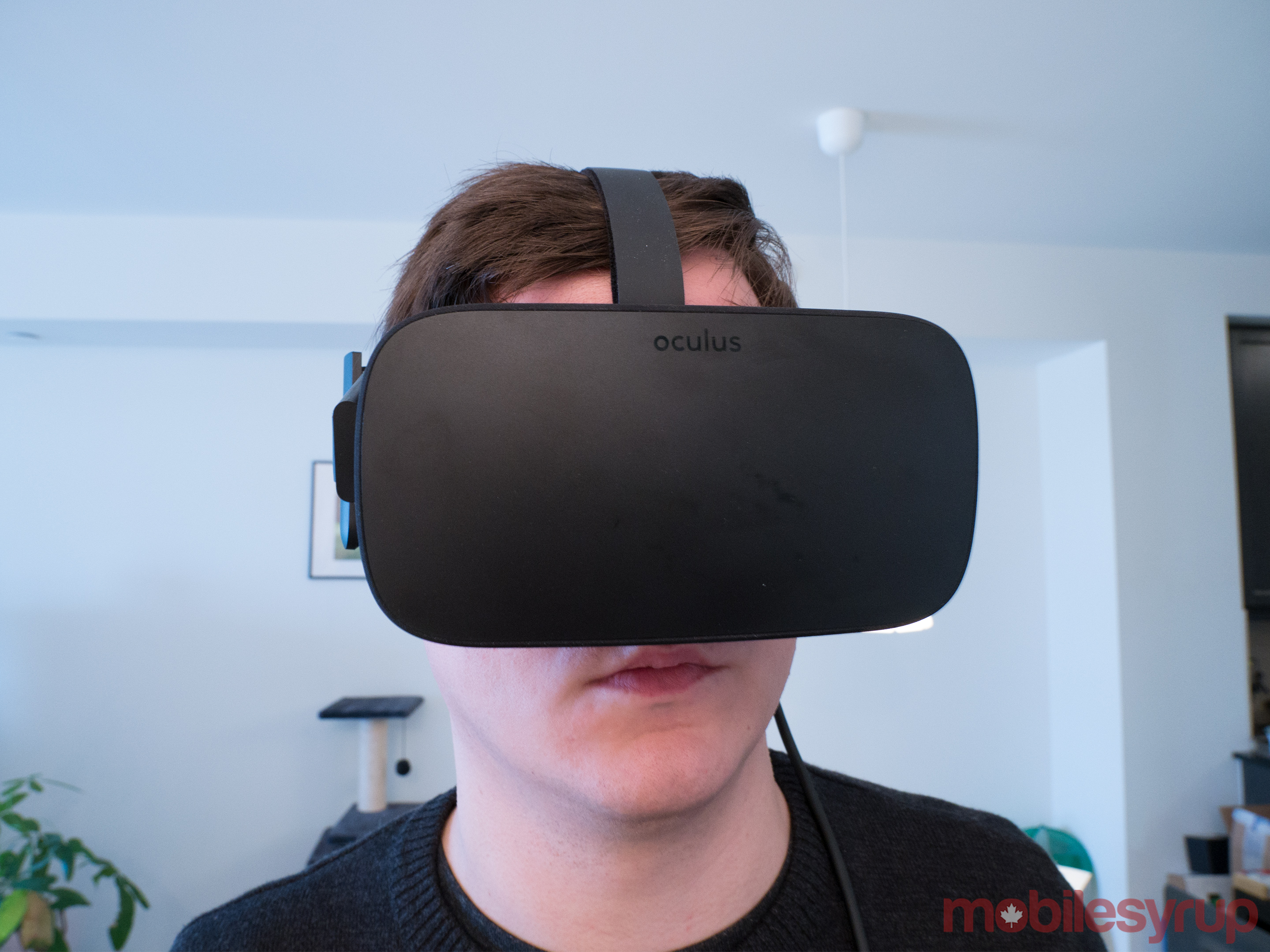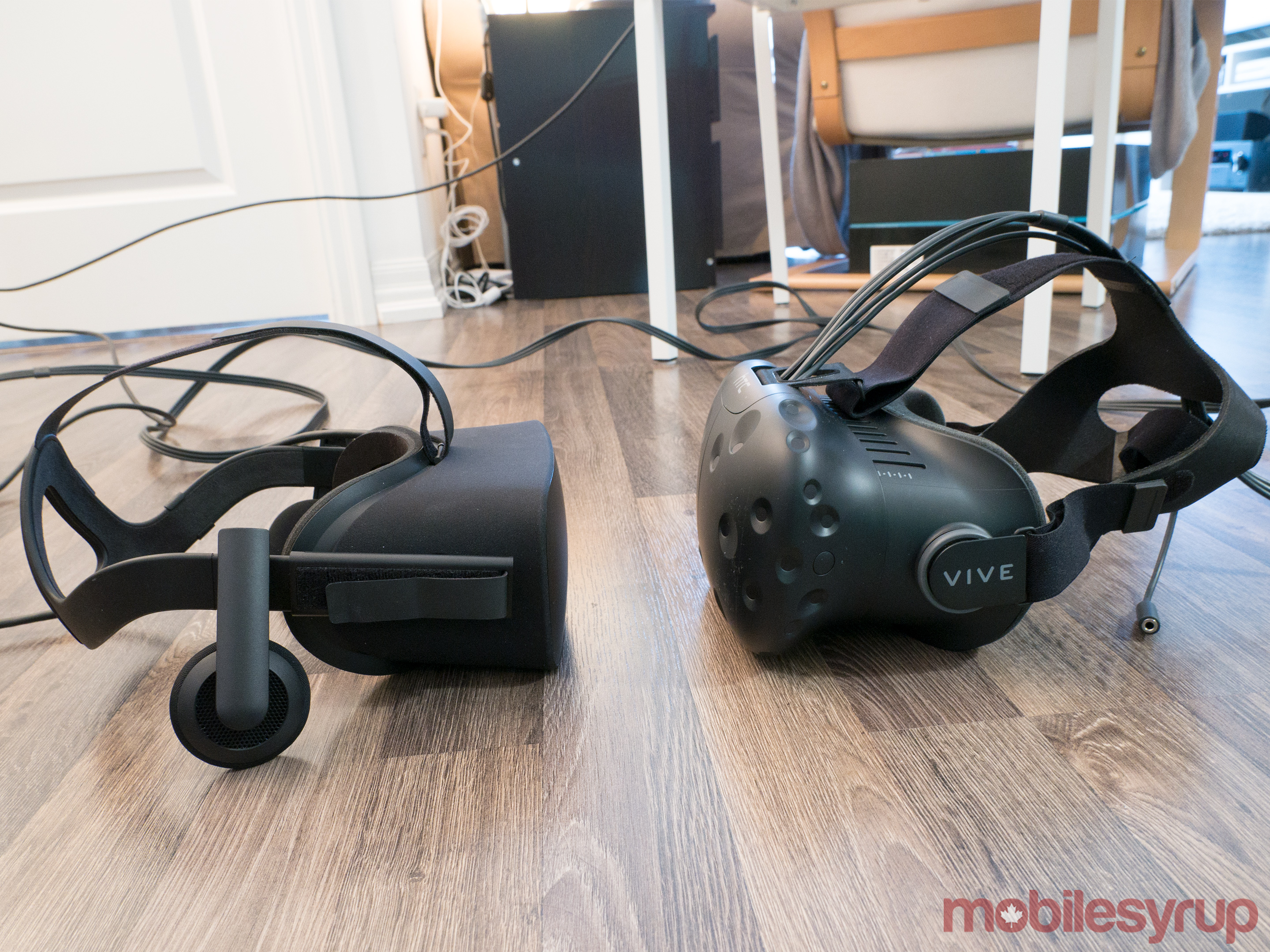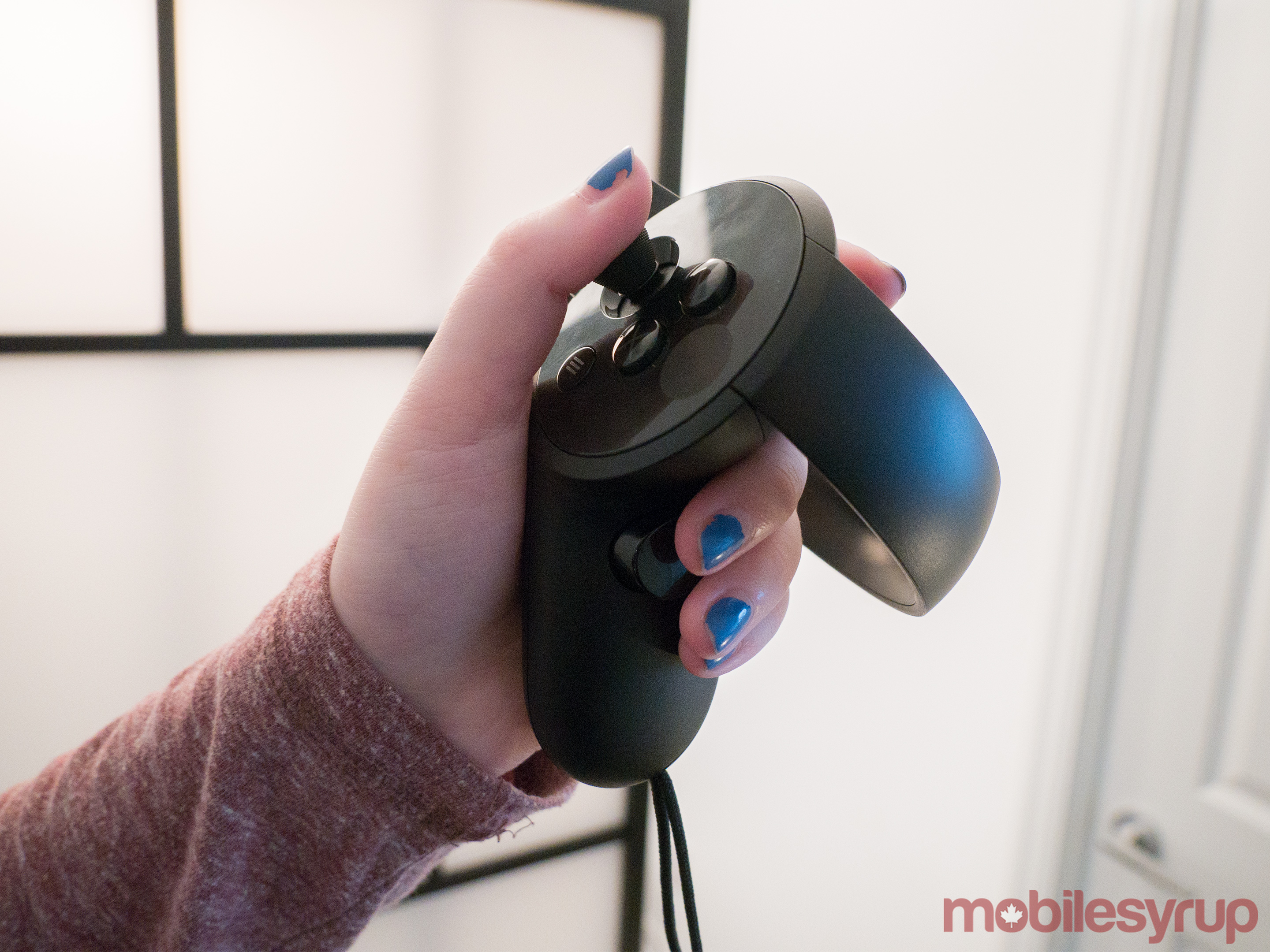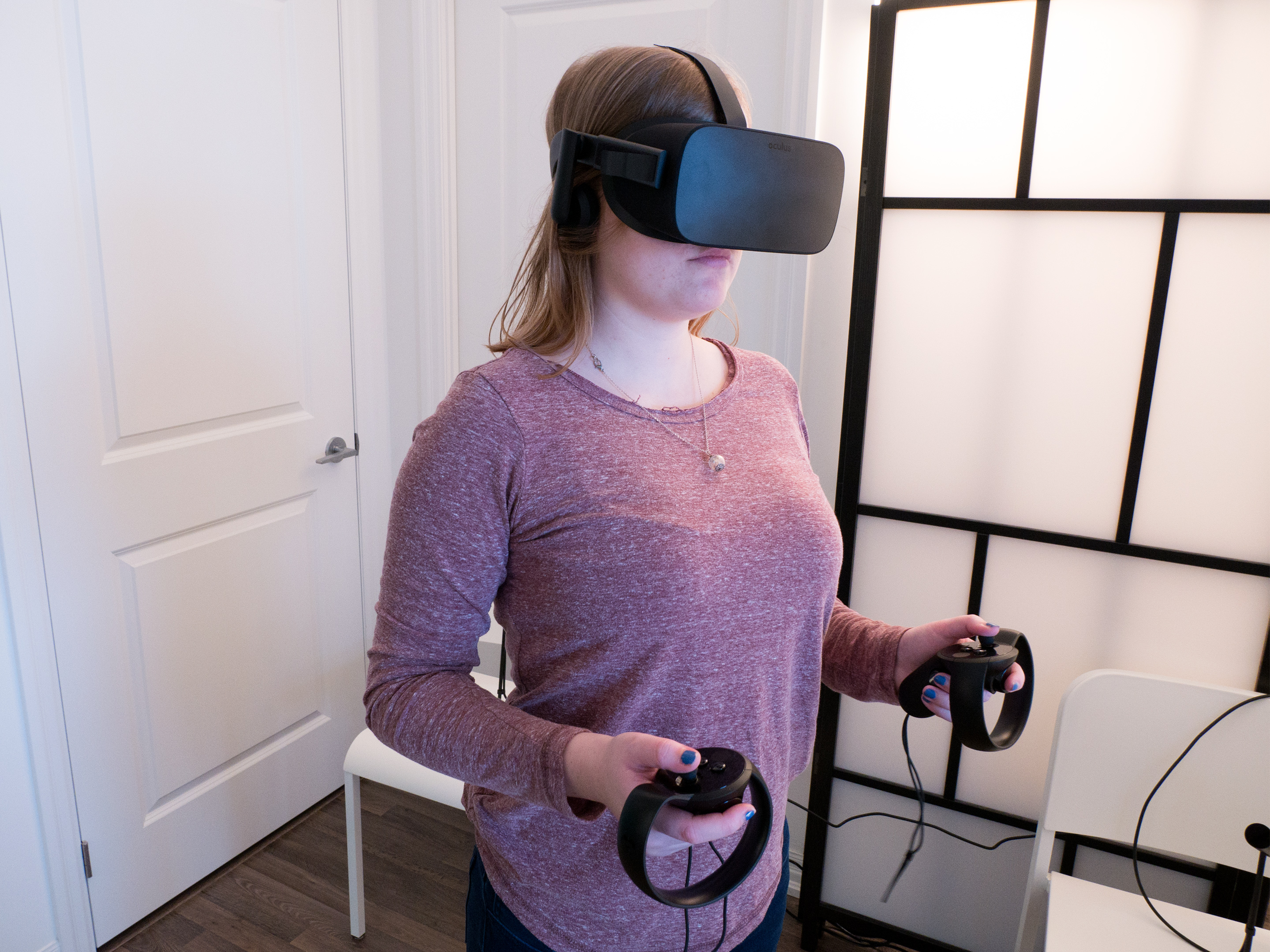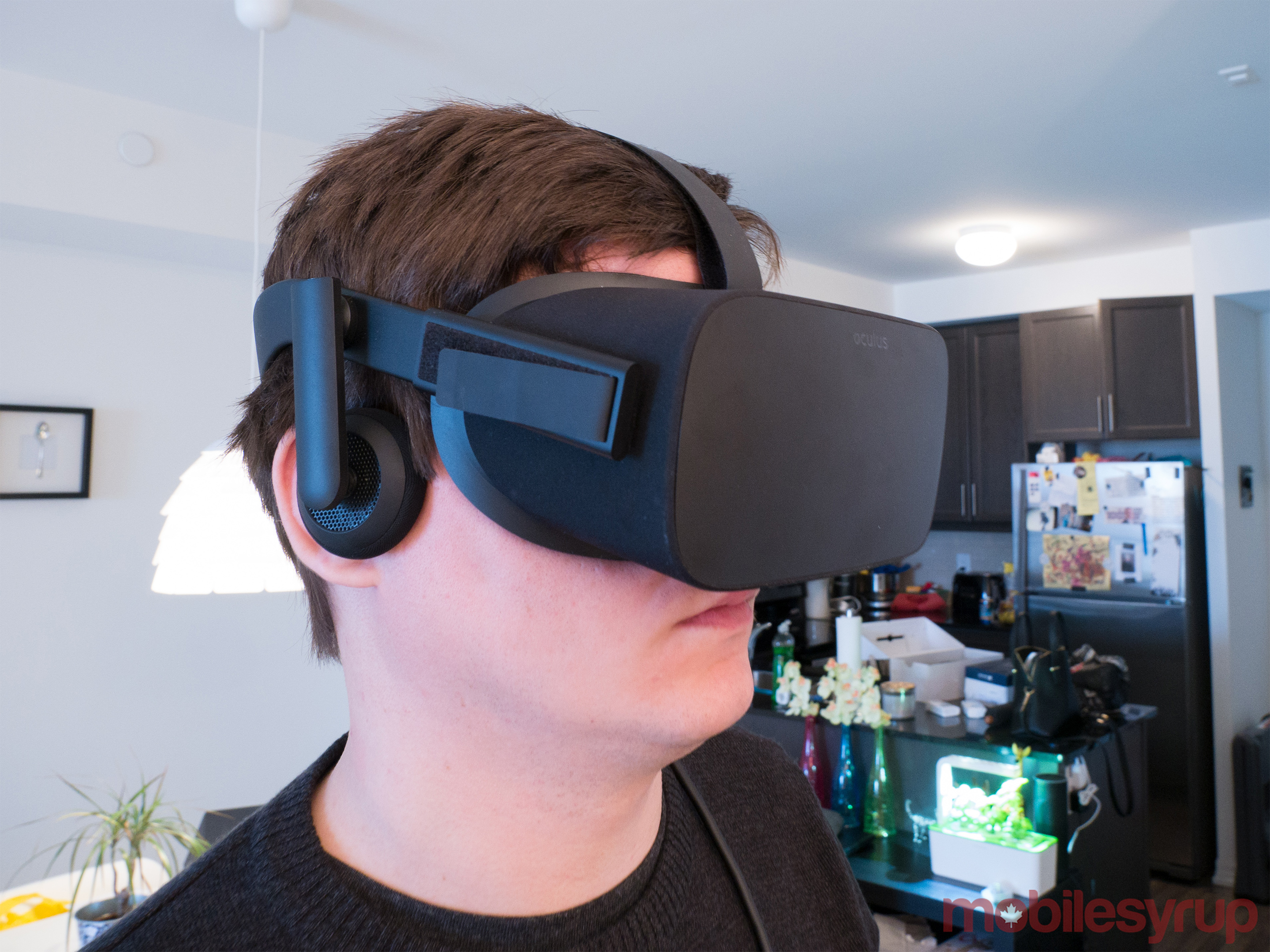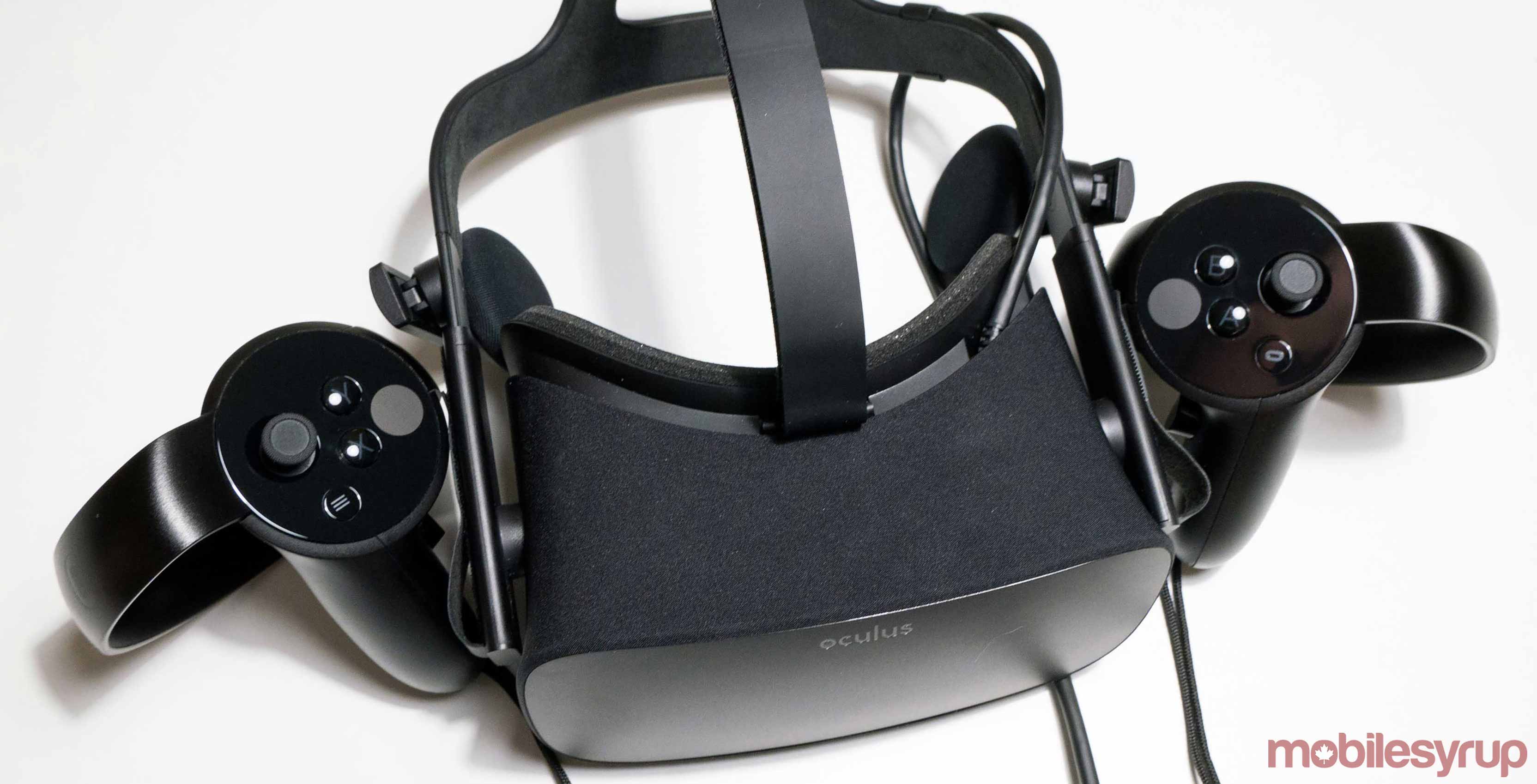
Virtual reality is one of the few forms of gaming that genuinely always still excites me.
From a young age I’ve dreamed of being able to be inside a video game, and that’s exactly what modern high-end VR headsets like the Oculus Rift, HTC Vive and PlayStation VR have allowed me to do, with varying degrees of success. I’ll never forget the first time I put on an HTC Vive and booted up Google’s Tilt Brush (the game also works with the Oculus Rift).
The ability to draw in 3D and also be able to walk around my creations, remains one of the most compelling interactive experiences I’ve ever had, as well as an ideal example of virtual reality’s potential as a burgeoning medium.
But now that the sheen of virtual reality has worn off and most major players have released their high-end headsets, the subtle differences between PlayStation VR, the HTC Vive and now Oculus Rift with Touch, become increasingly important.
HTC and Valve’s Vive came as a surprise to me. While its set-up process is frustrating, especially with a small play space, and the actual headset isn’t very comfortable, the Vive’s room-scale functionality remains unparalleled, at least until now. This resulted in ‘room-scale’ being the Oculus Rifts missing link, despite the fact that its the superior headset in terms of build quality and comfort.
Physically being able to move around within a play space, regardless of how small it is, and with controllers that mimic the functionality of hands, creates a level of immersion never experienced before in a video game or interactive experience. It also helps negate the feeling of motion sickness some people (including myself) suffer from when playing virtual reality from a stationary position. Without room scale, there’s a disconnect between what appears on the screen and what your actual body is doing, which leads to nausea for some people.
The release of Touch is ostensibly Oculus playing catch-up with the Vive. It’s almost as if Facebook was caught off guard by the Vive’s ability to track players’ movement in the physical world. When the Oculus Rift and HTC Vive both launched earlier this year, despite both headset’s hardware specs being nearly identical, the ability to physically track the player via the Vive’s base stations, has given the headset significant advantage over the Rift. Now, after multiple delays and months of waiting, the Oculus is getting room-scale thanks to its new Touch controllers and an additional sensor.
The Oculus Rift needs motion-sensing controllers to compete with the Vive, whether the company believes room-scale is the future of virtual reality or not.
But does Touch match the Vive and to a lesser extent, Sony’s PlayStation VR, when it comes to room-scale functionality? In some ways it does, but in others Oculus’ solution for room-scale still lags behind the competition.
Oculus Touch is better than Vive’s wands
First, let’s take a look at Oculus Touch. The two circular gamepads feel overall like higher quality controllers when compared to the Vive’s wands.
Unlike the Vive’s controllers or PlayStaton VR’s aging Move gamepads, most of Touch’s buttons feature capacitive sensors that allow for three distinct levels of interactivity: activated, unactivated and untouched. In most games, like Epic’s Robo Recall demo for example, this leads to an additional level of control over objects you’re holding in your hand that’s not possible with the Vive’s wands.
There’s is no shortage of buttons on Oculus’ Touch controllers either. There are two triggers, one on the front and one on the side, and each controller features a joystick as well as two circular top buttons placed in locations where thumbs and other fingers naturally fall. There are also two additional flat buttons located on each side of the gamepad.
While this layout sounds complicated, the benefit of these additional buttons is immediately apparent in almost every game I’ve played that supports Touch. If you remove your index finger from the front trigger, your in-game character will point its index finger. This is a mechanic many Oculus Touch titles utilize to allow the player to select something on-screen. Continuing with this control scheme, if you remove your thumb from the base trigger, your character will give a thumbs up.
This contextual, three-level input, gives the players more control over their character’s fingers and adds a tactile layer to virtual reality that’s missing from the Vive’s wands. Oculus’ Touch controllers don’t recreate the same sensation of actually picking up an object with your hands, but the experience is incredibly close. While the circular touch pad present on each Vive gamepad has the potential to be more versatile, few games use the input for anything beyond navigating menus.
Touch’s more complicated input options, however, mean that the controllers can be cumbersome at first for those new to video games or virtual reality. In almost every way Oculus Touch controllers are above the HTC Vive’s wands and significantly beyond what Sony’s Move gamepads are even capable of. It’s going to be interesting to see how developers take advantage of their unique button layout and functionality over the next few months.
Room-scale comes to the Rift
In order for the Rift to be capable of room-scale tracking, Oculus has also packed an additional sensor with Touch. Coupled with the camera that already comes with the Rift, these two sensors combine to enable room-scale with the Facebook-owned headset, finally adding the room-scale functionality the Oculus Rift has been missing since launch.
The issue with Oculus’ system, however, is that these sensors need to be front-facing, resulting in a play space that’s not actually 360-degrees like the Vive’s offset base stations. Oculus says that using a third sensor allows for full 360-degree room-scale, but that’s another $80 USD on top of the already $279 CAD Touch controllers.
I was able to get my hands on a third sensor and can confirm that Touch is capable of 360-degree tracking, with the third sensor being placed at the rear of my play space and slightly to the side. It’s also possible to setup full 360-degree tracking with just two sensors, placed in both corners of your play space, though this setup requires 2.2m x 2.2m of space at a minimum. Few games seem to take advantage of 360-degree tracking and Oculus lists the feature as “experimental.”
Given most developers releasing games that support Touch likely have designed their titles for a front-facing, two sensor set-up, there’s little reason to actually buy a third camera or opt for the two camera 360-degree system.
While Touch’s two sensor, front-facing setup is disappointing, especially for someone like myself who has spent hours in the Vive’s 360-degree world, there are some benefits to Oculus’ limited vision for room-scale.
If you live in a small apartment like me and don’t have the 2 x 1.5 meters of space to dedicate to the Vive’s impressive but space taxing room-scale without shifting around furniture, Oculus’ setup is more efficient and only requires 1.5 x 1.5 meters of space for its two sensor setup, with most games I’ve tried actually requiring far less room than that. I even find myself rarely using the Rift’s version of the Vive’s virtual wall creating “Chaperone System,” called the ”Guardian System” with Touch, because most titles only require a few feet of space to begin with and it became an unnecessary distraction.
In games that allow the player to turn around 360-degrees, like Robo Recall, Job Simulator (which is also available on the Vive) and Insomniac Games’ The Unspoken demo, Touch stops tracking as you turn and are no longer directly facing the sensors, leading to a less immersive experience.
The sensors themselves are also difficult depending on how you set them up. Though the Vive includes wall mounts in its box for its base stations, buying a set of affordable speaker stands on Amazon costs about $30 a pair, instantly giving you an easy way to setup and teardown the Vive.
On the other hand, Oculus’ sensors sit on a small, pedestal like platform and can be tilted up and down. If you’re using a two sensor setup, with each sensor sitting three to six feet apart on your computer desk directly in front of you, it’s unlikely you’ll run into issues. In my case, however, my Rift play space is beside my computer (my office is a tiny 1m x 2m), which means I need to run the sensor’s short cords to the side, and then place them on chairs, making the small play space I have available, even tinier. I also wasn’t able to get any of the USB extenders I already own to work with the Vive, even with a three camera setup where Oculus reccomends one sensor to be plugged in via USB 2.0.
Oculus and the Vive have two very similar but also distinctly different approaches to the concept of motion tracking, with 360-degree functionality only being added to the Rift as an afterthought, at least right now. This has some advantages but ultimately leads to a less immersive experience.
Best designed headset
While this review is focused on Touch, I also want to take a quick look at the Oculus Rift despite the fact that the headset launched back in April 2016. Facebook has deep pockets and it shows with the Oculus Rift’s overall design. The Rift is very comfortable to wear for long periods of time because the headset is evenly weighted unlike PlayStation VR (which is very ergonomic as well) and the Vive. Its strap is easy to adjust and firmer than the Vive’s, allowing me to actually resize it with the headset still on, something I’ve never able to with the Vive.
The Rift also features built-in headphones unlike its competitors and though its stereo headphones don’t feature excellent sound quality, not needing to plugin cumbersome earbuds or over-the-ear headphones is a welcome change. The Rift’s headphones extend from its head-strap, arcing out over the wearer’s ears in a way that’s very comfortable.
On paper, the Vive and the Rift are nearly identical when it comes to specs, though I’ve found Oculus to be more graphically taxing on my mid-range PC. For some reason, Oculus’ software also detects my PC as not being powerful enough for the headset, despite it rocking an AMD RX 480, AMD FX-8370 eight-core processor and 24GB of RAM. I’ve read that Oculus’ software doesn’t recognize AMD CPUs, though that issue was reportedly fixed via an update months ago.
Both headset’s OLED panels combine for a total 2,160 x 1,200 pixel resolution, which means each eye has its own 1080 x 1200 pixel resolution. While the resolution is high, you’ll still experience the ‘screen door’ pixelated issue all virtual reality currently has an issue with.
Overall and even with the fact that the Vive utilizes supposedly proprietary technology to negate the blurry ‘mura’ effect high-end VR often suffers from, I found that games, especially those that are cross-platform like Space Pirate Trainer, look identical on both headsets. So if you’re worried about either headset pushing out better looking visuals, that won’t be an issue.
One issue I did run into that’s worth noting is the fact that it’s very difficult to use the Oculus Rift while wearing glasses. The headset’s straps need to be extended significantly and even then, wearing the Rift with spectacles on isn’t as comfortable as it is with the Vive and PS VR.
It’s all about the games
I was initially frustrated by the fact that Touch doesn’t allow for true 360-degree tracking and that so few games seem to place emphasis on the concept, but after spending hours playing titles like like VR Sports Challenge (basically Touch’s version of Wii Sports), Medium, Dead and Buried, Quill (Oculus’ answer to Tilt Brush) and the stylish Super Hot (another demo), I slowly began to question how important 360-degree tracking is to virtual reality.
Full room-scale is impressive, but not exactly practical, especially if you live in a small apartment and need to constantly tear down your virtual reality play space. With the Vive costing a total of $1,149 and the Oculus Rift being priced at $849 plus the $279 cost of Touch, price wise, both devices are priced very similar too, making a clear victor even more difficult to call.
It’s unclear if Oculus’ more practical front-facing vision for body tracking is the future of virtual reality, with the true test being which VR platform ends up with the most compelling software. While Sony’s PlayStation VR has some impressive gaming offerings already, Facebook’s massive coffers have already attracted big name developer to Oculus and Touch, with over 52 games set to launch that utilize the controllers. While we’re still likely years away from seeing a true victor in the high-end virtual reality space, putting your money behind the VR headset owned by the monolith that is Facebook, is probably a sound decision.
I’m not sold on the concept yet, but given that I have a small play space to begin with, front-facing motion-tracking VR with the Oculus Rift and Touch, is much more convenient and feasible than the Vive’s room-scale, though it is admittedly less immersive.
My VR column ‘Reality Bytes’ will be back next week with a more in-depth look at the Oculus Touch’s launch window line-up.
Related: PlayStation VR review: High-end virtual reality goes mainstream
MobileSyrup may earn a commission from purchases made via our links, which helps fund the journalism we provide free on our website. These links do not influence our editorial content. Support us here.

